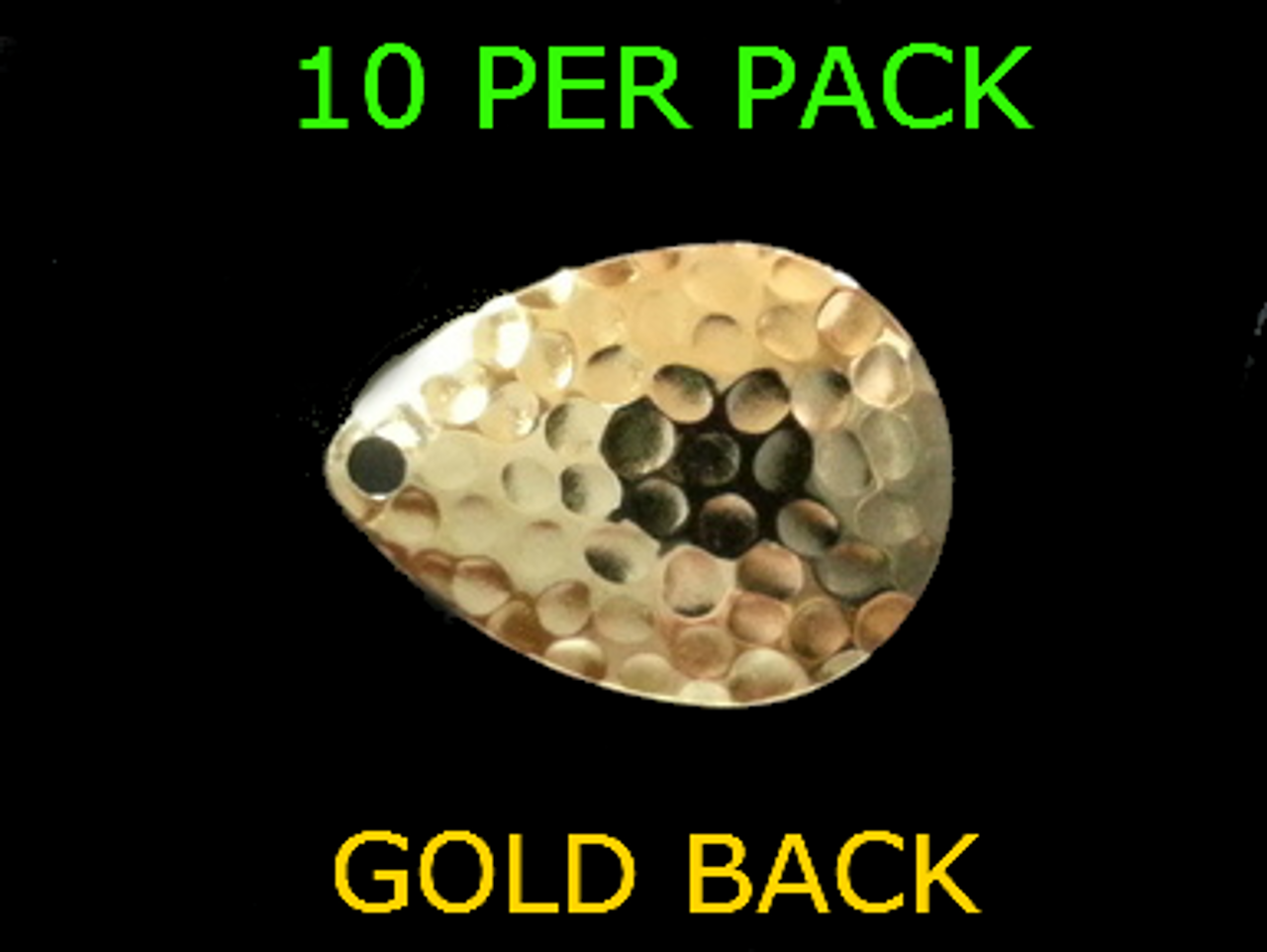

When retrieving, make quick “hookset” like motions to bounce the blade about 1-2 feet off bottom.Stopping the line can also prevent the line from tangling in the treble hooks. This allows the blade to right itself as it sinks down to its destination. When casting, make sure to stop your line right as your bait is about to hit the water.Blade baits are a terrific way to break down and cover water. Rock humps surrounded by drop offs and steep contours are generally a great starting point.

The start of blade bait fishing usually begins around finding bait fish and the appropriate structure. When fishing in 0-25 ft of water, a half oz blade bait is a safe bet. Generally, anglers will increase the size of the blade bait as the current, wind, and depth increase. Matching the hatch is critical when this happens because if your lure does not look like the bait they are feeding on, you won’t have as much success.ĭeciding on what size blade bait to throw depends on a few different factors such as current, wind, depth, and size of bait fish. Walleye primarily feed on bait fish and will sometimes key in on a specific type and size of bait fish. What Size and Color Blade Bait for Walleye? Size and color are two of the biggest factors when selecting the proper blade bait. They also mimic the prey that the walleye feed on but proper bait selection is key. You can cover a lot of water with them and keep them in the strike zone the whole cast.

“Matching the hatch” will help you find success and one of the most effective techniques to use to mimic bait fish is fishing blade baits.īlade baits are a highly effective search bait when trying to locate roaming schools and wolf packs of walleye in the fall. During this time, bait fish and perch begin to school up which make easy meals for walleye. As the water temperature drops, schools of walleye will leave their deep summer holes and roam the shallows searching for prey. Blade baits work all year long but are particularly effective in the Fall.įall is one of the most popular times of the year to chase walleye. Some anglers also choose live bait like minnows or nightcrawlers. Blade baits, jerk baits, swimbaits, and crankbaits are always good choices no matter what time of year. Walleye rigs differ depending on the time of year and where the fish are beginning to congregate.


 0 kommentar(er)
0 kommentar(er)
